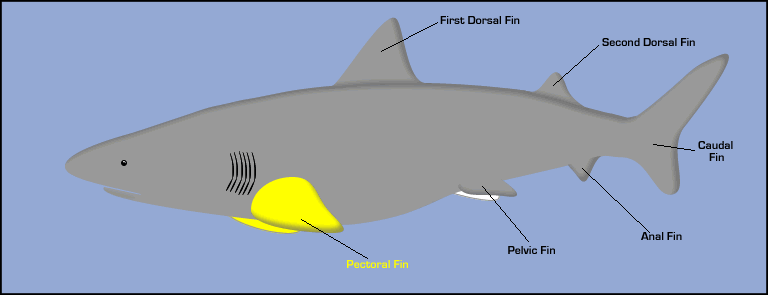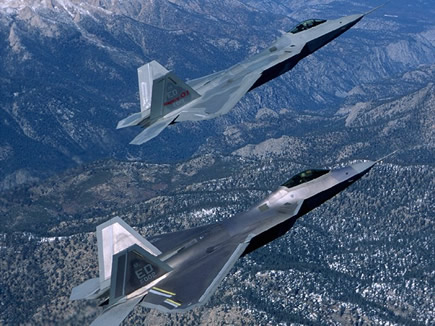Pursuit
In many cases it is necessary for two vehicles or animals to meet at some point along their journey; one must pursue the other in order to intercept it. There are many reasons the ability to pursue and intercept may be important. Two common cases are capture of prey by a predator (hunting) and eliminating enemy military threats (fighter intercept missions).
Hunting:
Hunting involves searching for food and nutrient resources as described earlier. But once food is located, it must actually be captured. If the food source is another animal (prey), it’s a good bet that the prey does not want to be captured, so the hunter (predator) must have sufficient capability to pursue and capture the prey despite its wishes. For example, consider a predator and a prey initially at rest and separated by a distance L.
Example of fast interception. |
Example of slow interception. |
If the predator can accelerate at a rate apred, then he can travel a distance ½apredt2 in a time t (assuming constant acceleration). For more in-depth discussion click here.
Likewise, the prey travels ½apreyt2 in time t. When the difference in distance traveled by the predator and prey reaches L, they predator has captured the prey ( t = tcapture). Mathematically,

or solving for tcapture

From this result it is clear that apred > aprey is required for the predator to capture the prey. It also follows that the larger apred - aprey, the quicker the predator can capture the prey. The ability to accelerate quickly is clearly very advantageous for a predator.

|
Example Problem: Capture Time |
The above analysis of prey capture is a simplified picture assuming constant acceleration and that both predator and prey are moving in a straight line. It nonetheless illustrates key aspects of prey capture. A good example of a predator that fits this description is a shark. Sharks have large tail fins (called caudal fins) and muscular bodies that allow them to quickly move their tail fin to generate large thrust. Sharks also have very streamlined bodies, which reduces drag and allows them to knife through the water with very little resistance. Large thrust combined with low resistance allows sharks to accelerate quickly to capture prey. Acceleration combined with good maneuverability provided by the pectoral fins makes sharks some of the most feared hunters in the sea.
 |
|
 |
|
 |
 |
Intercept mission:
In military situations, air-borne threats are often observed (using radar or other methods) approaching sensitive targets well before they arrive at the target. In such situations it is necessary to dispatch one or more intercept fighter aircraft to ward off or destroy the approaching threat. To reach the threat before it can do any damage, intercept fighters must be able to get off the ground quickly (accelerate rapidly), climb to altitude rapidly (usually they must continue to accelerate in the climb), and travel at a high rate of speed, pursuing the threat until it is intercepted. When they reach the threat, they must also continue to pursue it so it doesn’t escape.
Clearly the intercept mission requires a fighter aircraft capable of rapid acceleration and sustained, high-speed flight. A modern fighter that embodies these characteristics is the Lockheed F-22 Raptor air-superiority fighter.

Pair of F-22 Raptors.
Photo courtesy of Lockheed Martin.
Click on the photo for the high resolution image.
|
